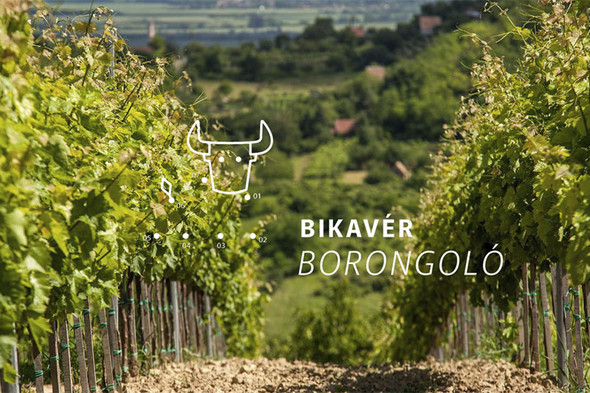It has been already seven years that the Kadarka Wine Tour in Iván Valley has been organized to the contentment of consumers who love Szekszárd wines, especially Kadarka. Now, however, the winemakers living in the northern part of the city had an idea and started their own tour for the Bikavér (Bull’s Blood) of Szekszárd, named Bikavér Borongoló (Wine Wandering). We have interviewed the man behind the idea, János Eszterbauer.
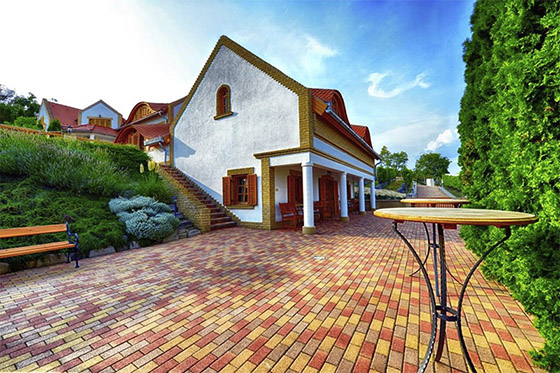
You are the only person from among the Bikavér Borongoló team who also participates in the Kadarka Wine Tour in Iván Valley. Who has come up with the idea of Borongoló?
Since the event organized in Iván Valley has been successful beyond all expectations and the tickets for this year have also been sold almost within minutes, it occurred to me (first, as a participant) that something similar could be started on the opposite side of Szekszárd. Needless to say, the moment I shared my idea with others, everyone wanted to join in and started brainstorming at once. From that moment on there was no stopping….
How did you decide which cellars would participate?
The decision was primarily based on the geographical locations, i.e. the programme was based upon cellars situated in the northern part of the town. As our website says so, the hosts this time shall be the "Vikings of Szekszárd".
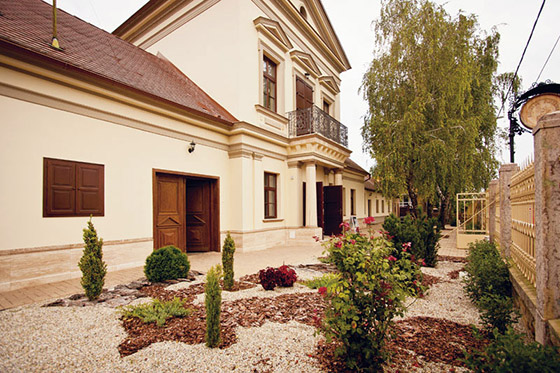
Why did you choose Bikavér as the central wine of the event?
It has been already 11 years that the Szekszárd Winemakers’ Guild (being in the forefront of the wine region with its 71 members) has been holding regular, professional wine tastings every month. We always make an annual plan in advance designating the location and the variety to try. The examination and judgement of wines follow a defined syllabus and are not open to the public. This professional alliance has unified the winemakers of Szekszárd somewhat, and has created a uniform vision saying that the real image of Szekszárd is to be found with the Kékfrankos, Kadarka and Bikavér wines. This is how the creation of Bikavér Borongoló was an obvious choice, to match the Kadarka Wine Tour in Iván Valley and to reach our common goals.
Is a Kékfrankos Tour (for instance, in the south as you say it on the website) or a Fuxli Boat Trip in the Rezéti Danube backwater expected in the near future?
As the winemakers in Iván Valley – being the centre of the wine region – organize their tour for the Kadarka, we, northerners will do the same for Bikavér, those working in the south might, one day plan a trip for Kékfrankos; it is up to them. We support the idea. Fuxli has been tended by a younger generation, presented at a roadshow ever year with each vintage once they are made. These young people are the ones responsible for Fuxli programmes. This generation is very active, full of new ideas that I cannot always keep up with, so it would be better if they themselves talked about their own plans.
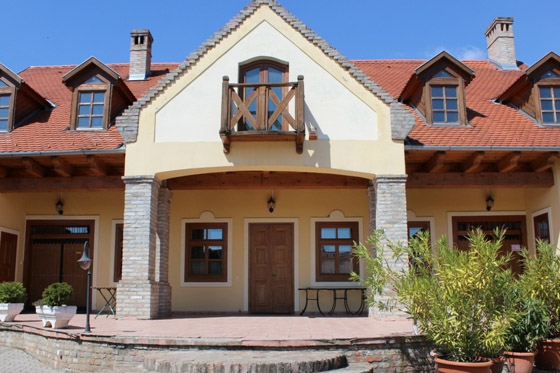
What is the objective of the event – obviously besides the participants having a good time?
For many years Szekszárd has been lagging behind other wine regions; for 10-15 years after the change of regime only some excellent but individual results could be achieved, nothing on a larger scale. Nevertheless, in the past ten years or so we have been catching up professionally, which is clearly demonstrated by the results we achieved at international wine competitions and being “Winemaker of the Year” for the fifth time, not to mention the shelves of wine shops. What we still have to work on is tourist attraction. During the Socialism cellars in Szekszárd (which were similar to those in Villány) were demolished, and forced industrialization created factory workers living in blocks from farmers and the bourgeoisie. Villány, Eger, Sopron and Balaton could preserve much more of their past and monuments. Excellent wine in itself is simply not enough to attract more tourists so Szekszárd had been looking for new ways. The first step, probably, were those wonderful and unique Roman, Czech, Gothic domed and cross-vaulted cellars constructed – thanks to Ferenc Heimann, master builder from Szekszárd – that every tourist admires, as it is widely believed that today’s architecture is capable of building such beauty no more. The second step, I would say, is the Szekszárd Harvest Days which is (and I’m not exaggerating here) the best harvest and wine event in Hungary today. The third, but not the last step, would be a visit to the centre of the wine region. Tourists tend to focus only on the town centre and drop in a few cellars, but the real thing is in the middle of the wine region. The Wine Region Half Marathon, the Kadarka Wine Tour in Iván Valley and partly, the Bikavér Borongoló takes the participants to the heart of the wine region which is a wonderful place with amazing atmosphere, with zigzagging valleys speckled with press houses with white walls and red rooftops. Our event also shows some of the remaining cellars scattered in the northern area of Szekszárd. I must also mention that the monuments in Garay and Béla Squares in Szekszárd have been recently renovated; many historic buildings and relics make the town attractive.
What Bikavér wines can be tasted at the event?
Everyone will show the Bikavér wine they love, many of them filled in the special Szekszárd bottle but not exclusively, of course.
I know that the programme will end at Bormúzeum (Wine Museum) but how?
The Wine Museum is the place to go for those who feel like tasting more wine and having fun after the whole-day tour. Probably the younger generations will party all night there.
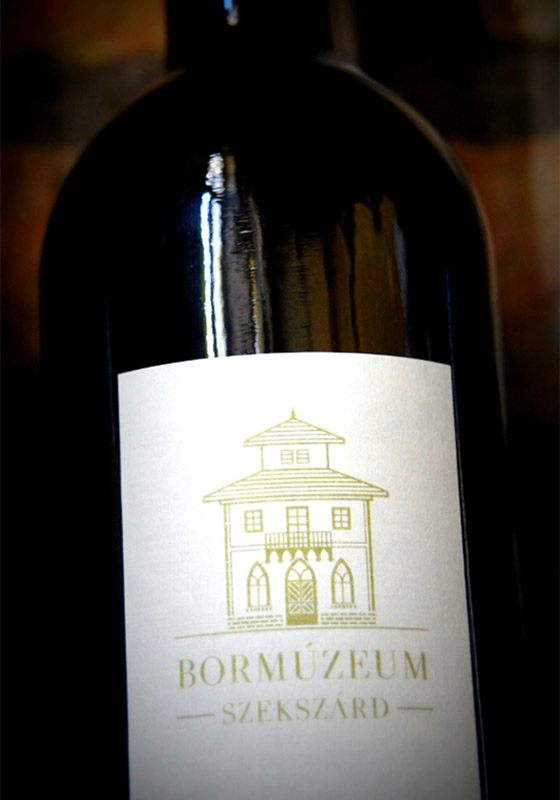
Will there be enough accommodation in Szekszárd for the 500 participants?
In the past few years a lot of new (smaller and larger) accommodation has opened in Szekszárd, with plenty of places to stay on weekdays but not so many at weekends and special occasions. However, 500 persons will definitely be provided a room for the weekend in question. Our recommendations are also displayed at the event’s website for those interested.
Will it be possible to buy some wine at the checkpoints of Borongoló?
Basically, the aim is that the wines tasted could be purchased at Wine Museum at the end of the tour. This way nobody has to carry any bottles along the way and ponder about how to get the wine back to their accommodation.



